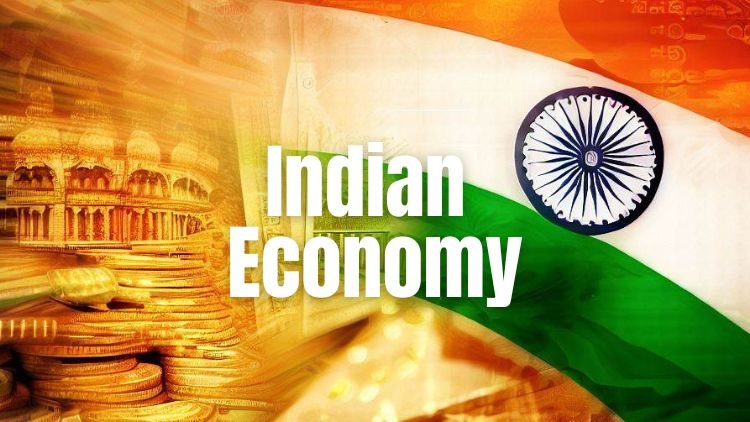The Indian Economy Boasts an Impressive 7.2% GDP Growth, Cementing its Position as the World’s Fastest-Growing Economy
FY2023 was marked by resilience in the face of global adversity for India’s economy. Provisional estimates from the National Statistical Office (NSO) indicate a real GDP growth of 7.2% for FY2023, powered by robust investment and private consumption. On the supply side, the agriculture and services sectors remained strong, while manufacturing experienced some pressure due to high input costs.
Driving Factors: Investment, Agriculture, and Services
The promising economic performance in FY2023 was largely driven by a burgeoning agriculture sector and flourishing services industries. Despite unfavorable conditions, Gross Value Added (GVA) in agriculture and allied activities saw a growth of 4.0% in FY2023. The services sector recorded a robust growth of 9.5%, spurred on by the resurgence of contact-intensive services.
Export-Import Dynamics: Setting New Records
India’s merchandise exports saw a rise of about 6% to reach a new high at US$447 billion in FY2023. This was attributed to a healthy expansion in the outbound shipments of key sectors such as petroleum, pharma, and marine products. On the other hand, imports swelled by 16.5% to US$714 billion in FY2023, leading to a current account deficit of 2.1% of GDP.
Inflation and Banking Credit: A Balanced Scenario
In terms of inflation, the Consumer Price Index (CPI) averaged at 6.7% as compared to 5.5% in FY2022. Meanwhile, the banking credit sector saw continuous double-digit growth, becoming broad-based across sectors. In FY2023, ASCB’s bank credit grew by Rs. 17.8 Lakh Crore (15.0% YoY).
RBI’s Policy Action: Impact on Deposit and Credit Rates
During FY2023, the Reserve Bank of India (RBI) hiked the policy repo rate by 250bps in six tranches, a move that was transmitted to both deposit and credit rates by banks. This aimed at managing inflation and ensuring the stability of the financial sector.
Improved Asset Quality and Digital Payments: A Leap Forward
FY2023 also marked an improvement in the asset quality of ASCBs, with the gross NPA ratio declining to 4.5%. Digital payments reached new milestones, with the Unified Payments Interface (UPI) emerging as the most preferred payment mode in India, accounting for nearly 75% of total digital payments.
Outlook for FY2024: Further Growth and Moderate Inflation
Looking ahead, India’s economy is well-positioned to weather external shocks. Real GDP growth for FY2024 is projected at 6.5%, potentially the highest in the world. Inflation is expected to remain moderate, offering some relief to regulators. With ongoing monetary policy adjustments, the focus will be on managing climate-induced financial risk within the banking sector’s risk management framework.
(Source: SBI Annual Report)
Also Read: 2023: A Year Of Global Economic Paradoxes Amidst A Receding Pandemic

























